CDISC SDTM: Standardizing Clinical Data for Enhanced Research Insights
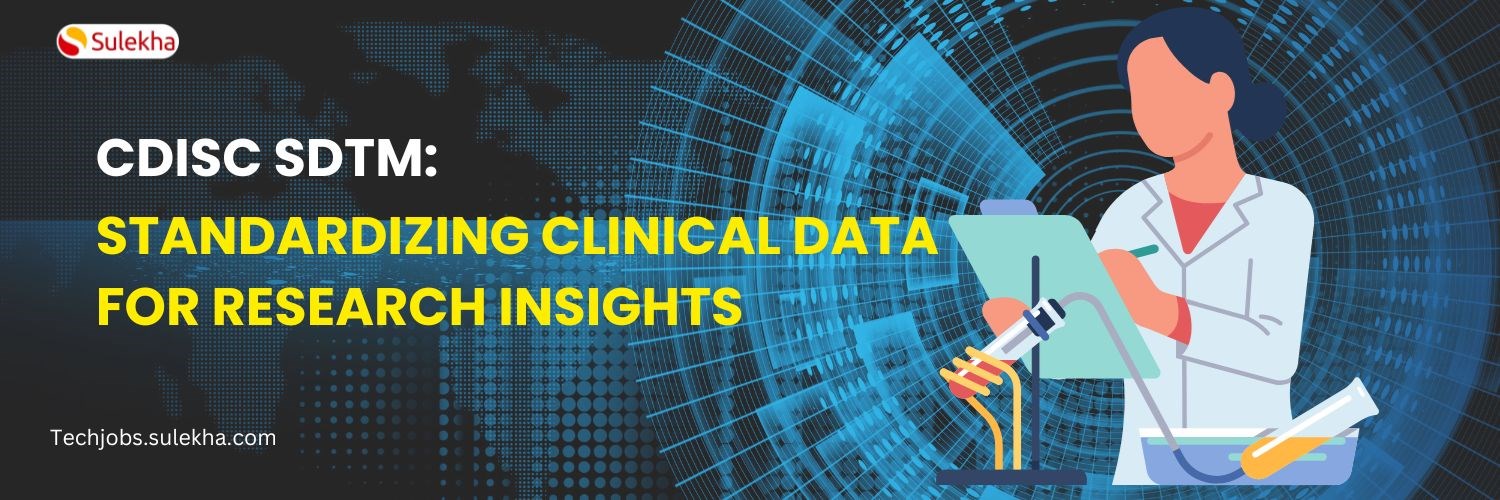
CDISC, which stands for Clinical Data Interchange Standards Consortium, is a global non-profit organization that develops and promotes data standards for clinical research. The main objective of CDISC is to streamline and standardize the way clinical trial data is collected, managed, and shared across various stakeholders in the healthcare and pharmaceutical industry.
CDISC standards provide a common language and structure for organizing clinical data, ensuring that information is consistent, interoperable, and easily exchangeable between different systems and organizations.
By adopting CDISC standards, researchers, regulatory agencies, and industry professionals can improve data quality, enhance efficiency, and facilitate the analysis and reporting of clinical trial results.
CDISC Standards ♦
Study Data Tabulation Model -- SDTM
Analysis Dataset Model -- ADaM
Operational Data Model --ODM
Case Report Tabulation Data Definition Specifications (De- fine.xml) -----CRTDDS
Introduction
· SDTM stands for "Study Data Tabulation Model." It is a standard developed by the Clinical Data Interchange Standards Consortium (CDISC) for the organization and structure of data in clinical trials.
· SDTM provides a standardized structure for organizing and presenting clinical trial data.
· SDTM enables interoperability between different systems and organizations involved in clinical research, facilitating data exchange and collaboration.
· SDTM is recognized and accepted by regulatory authorities such as the FDA and EMA. Using SDTM ensures compliance with regulatory requirements, expediting the review and approval process.
· SDTM simplifies the integration of clinical trial data with other healthcare data sources, facilitating real-world evidence studies and post-market surveillance.
· SDTM datasets can be reused for various purposes, such as safety analyses, efficacy assessments, and pharmacovigilance, without extensive data transformation.
Variables can be classified into four primary roles:
Identifier variables- These variables include "Subject Identifier" and "Study Identifier," among others, and serve to differentiate individual subjects and their associated data. Identifiers in SDTM play a crucial role in data organization, ensuring data traceability and enabling efficient data retrieval and analysis during clinical research.
Topic variables- represent a specific aspect or domain of clinical trial data, such as "Adverse Events" or "Laboratory Results," providing a standardized structure for data organization.
Timing variables- Timing variables capture information related to the timing and sequence of events in clinical trials, such as when assessments or measurements were taken relative to dosing or other key milestones.
Qualifier variables - Qualifier variables provide additional context or attributes to enhance the interpretation and categorization of specific data points within a dataset.
The set of Qualifier variables can be further categorized into five sub-classes:
Grouping Qualifiers- Grouping qualifiers in CDISC SDTM (Study Data Tabulation Model) provide additional context or information about how data should be grouped or categorized within a dataset.
Examples include --CAT and --SCAT
Result Qualifiers - Result Qualifiers are additional data elements used to provide context and further information about the results recorded in clinical trials. These qualifiers help clarify the meaning and interpretation of results, including their units of measurement, reference ranges, and statistical attributes.
Result Qualifiers are --ORRES, --STRESC, and --STRESN.
Synonym Qualifiers:
Synonym qualifiers are words or phrases used to add additional information or context to a synonym, helping to clarify its meaning or usage. They provide specific details or limitations that distinguish one synonym from another.
Examples include --MODIFY and --DECOD, equivalent terms for a --TRT or --TERM topic variable, --TEST and --LOINC, which are identical terms for a --TESTCD.
Record Qualifiers:
Record qualifiers are words or phrases that provide additional information or context about a particular record or piece of information. They help to specify the characteristics, attributes, or conditions associated with a record, making it more precise or meaningful.
Examples include --REASND, AESLIFE, and all other SAE flag variables in the AE domain; AGE, SEX, and RACE in the DM domain; and --BLFL, --POS, --LOC, --SPEC, --LOT, and --NAM in a Findings domain.
Variable Qualifiers:
Variable qualifiers provide additional information about a variable, such as its origin, assay type, method, and type, to clarify the meaning and context of the reported data.
Examples include --ORRESU, --ORNRHI, and --ORNRLO, all of which are Variable Qualifiers of --ORRES, and --DOSU, which is a Variable Qualifier of --DOSE.
Let us look at a statement, try to find out the variables in that statement
Subject CT2101 had a skin rash a week after the dose of 10mg of study drug XYZ.
♦ Identifier variable : CT2101
♦ Topic Variable: Adverse Event term' skin rash'
♦ Timing Variable: 1 week, seven days
♦ Variable Qualifier : Dose = 10 Dose Unit =mg
SDTM Domains
SDTM (Study Data Tabulation Model) domains are a standardized way of organizing clinical trial data for submission to regulatory authorities. SDTM domains provide a consistent structure for collecting, organizing, and analyzing data from clinical trials, ensuring that data can be easily understood and compared across different studies.
The code, stored in the DOMAIN SDTM variable, is used as: ♦ As the dataset name ♦ The value of the DOMAIN variable in that dataset ♦ Prefix for most variable names.
There are several SDTM domains, each representing a different aspect of the clinical trial data. Some common SDTM domains include:
1. Demographics
2. Adverse Events
3. Medical History
4. Laboratory Results
5. Vital Signs
6. Concomitant Medications
7. ECG (Electrocardiogram)
E.g.
Demographics represent the subject's characteristics, including country, age, sex, weight, height, etc- represent DM. DM is stored as a dataset name in SDTM. Prefix is the variable names in that particular dataset.
E.g., The Adverse Event domain code is denoted by AE. The terms AE (domain) and TERM (actual event) combine to form AETERM. The observations that have been made for the domain are shown in each row.
♦ The observations fall into one of three categories: findings class, event class, or intervention class.
♦The variables that comprise the columns of the domain structure are found in each class.
EXDOSU will provide the study drug's units, and CMROUTE will describe how the concurrent medication (CM) is administered.
Rule Variable
A rule variable is a variable that represents a derived data element. It is a calculated or derived variable from other variables within the dataset. Rule variables define the calculation logic or algorithm used to derive the value of a specific variable.
· Rule variables in SDTM are associated with specific domains, which represent different types of data such as demographics, laboratory results, adverse events, etc.
· These variables follow a specific naming convention in SDTM, typically using a prefix to indicate the domain and a suffix to indicate the purpose or meaning of the derived variable.
· Rule variables are documented in the dataset's metadata, providing information about the variable, its derivation rule, and any associated controlled terminology or code lists.
· Rule variables are subject to validation and quality control checks to ensure the accuracy and integrity of the derived data.
Define specifies seven distinct metadata attributes to describe SDTM data:
· The Variable Name should be limited to 8 characters.
· Each variable in the dataset should have a unique descriptive Variable Label with a maximum of 40 characters.
· The type of data (e.g., character or numeric value of the variable)
· A set of terms that are prohibited from being used in conjunction with the value of the variable or its display format (Controlled Terms or Format).
· The source of every variable, including whether it was derived or gathered using a CRF.
· The variable's role dictates its usage within the dataset. Roles are utilized to symbolize different categories of variables, including Identity, Topic, Timing, and the five different types of Qualifiers. In the Define data definition document, sponsors do not need to specify these roles because they are predefined for all domains that follow the general observation classes.
· If required, the sponsor may provide comments or other pertinent information about the variable or its data.
Demographics -DM
Demographics refers to the statistical data that describes a specific population or group of people. This data typically includes information about characteristics such as age, gender, race, income, education level, occupation, and geographic location. Demographics are used for market research, social analysis, and policy-making to understand and target specific populations.
Comments: CO
When comments are gathered, they should be submitted to a single Comments domain. The Comments domain should not contain any Identifiers or Timing variables that are not domain-specific.
The Comments special-purpose domain allows users to submit free-text comments about data in one or more SDTM domains, which are then collected on a separate CRF page dedicated to comments.
Exposure: EX
According to the protocol, this domain records the subject's exposure to study treatments. A study treatment is any intervention that is used as test material and is usually, but not always, administered to a subject.
Treatments can be categorized into categories and subcategories using EXCAT and EXSCAT as required. The variable that represents the name of the investigational treatment is called EXTRT. Only the name of the treatment should be included in the EXTRT; do not include the dosage, formulation, or any other qualifying information.
E.g.: EXTRT: STUDYDRUG, DOSADM: 20, EXDOSADMU: mg, EXDOSFRM: Tablet.
Adverse Event: AE
"Adverse Event" is a specific domain used to capture information related to adverse events or adverse reactions that occur during a clinical trial. This domain includes data such as the adverse event's start and end dates, severity, outcome, relationship to the investigational product, and additional details. Adverse events are undesirable and unintended medical occurrences or side effects that can happen to participants in a clinical trial due to the investigational product or other factors.
E.g. AETERM: Anorexia, AECAT: General, AESER: N
Disposition: DS
Those who started the study in any subject included in the Disposition dataset may contain protocol milestones like randomization and the subject's completion status or reason for dropout for the duration of the study or each phase or section of the study, such as screening and post-treatment follow-up.
The controlled terminology will depend on the value of DSCAT.
When DSCAT = "DISPOSITION EVENT," DSTERM contains either "COMPLETE" or If the subject did not complete, specific verbatim information about the disposition event.
When DSCAT=" PROTOCOL MILESTONE," DSTERM and DSDECOD will contain the same value drawn from the sponsor's controlled terminology.
E.g. DSTERM: Disease Progression, DSDECOD: PROGRESSIVE DISEASE, DSCAT: Disposition Event
Substance Use: SU
To gather data on substance, it can be utilized to evaluate the safety and effectiveness of treatments meant to lessen the effects of long-term substance use. SUTRT records the exact text or the pre-specified text that was gathered for the substance.
It is a required variable. E.g. SUTRT: Cigarettes, SUDOSU: Pack, SUDOSFRQ: Per Day.
In conclusion, CDISC SDTM (Study Data Tabulation Model) plays a pivotal role in standardizing the organization and presentation of clinical trial data, facilitating data exchange, analysis, and regulatory submissions in the pharmaceutical and healthcare industries.
By adhering to CDISC SDTM standards, researchers, sponsors, and regulatory agencies can ensure consistency, transparency, and interoperability in clinical trial data, ultimately contributing to more efficient drug development processes and improved patient safety. As clinical research continues to evolve, SDTM remains an essential framework for enhancing data quality, integrity, and the overall reliability of clinical trial outcomes.
Find a course provider to learn Clinical Research
Java training | J2EE training | J2EE Jboss training | Apache JMeter trainingTake the next step towards your professional goals in Clinical Research
Don't hesitate to talk with our course advisor right now
Receive a call
Contact NowMake a call
+1-732-338-7323Enroll for the next batch
Clinical Research Training Course Program
- Dec 15 2025
- Online
Clinical Research Training Course Program
- Dec 16 2025
- Online
Clinical Research Training Course Program
- Dec 17 2025
- Online
Clinical Research Training Course Program
- Dec 18 2025
- Online
Clinical Research Training Course Program
- Dec 19 2025
- Online
Related blogs on Clinical Research to learn more
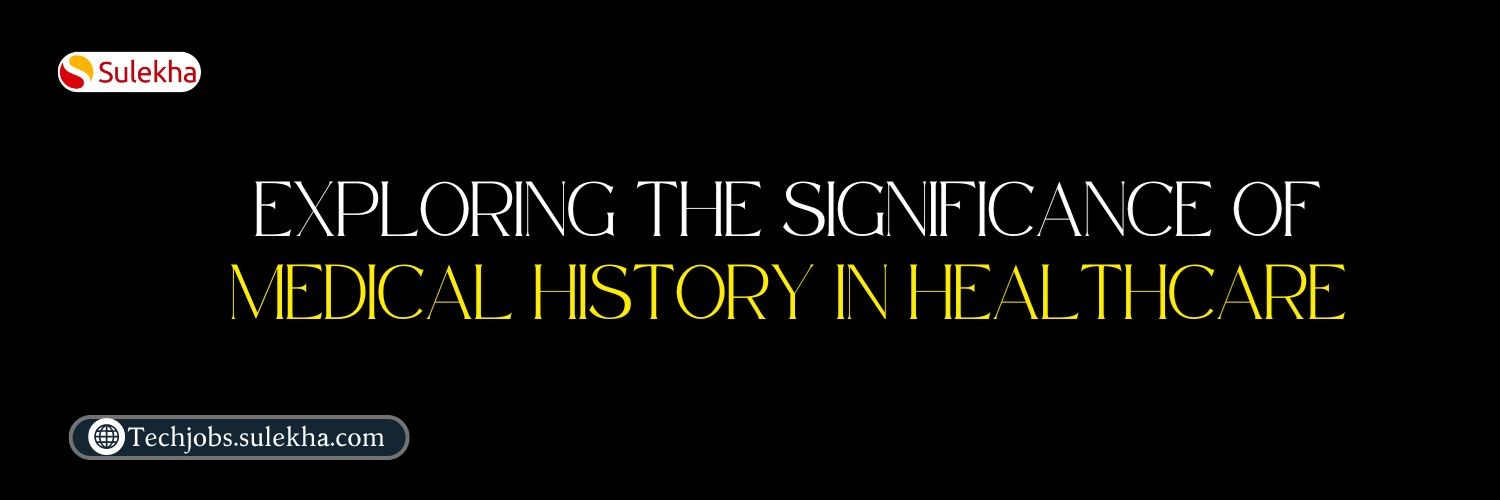
Exploring the Significance of Medical History in Healthcare
Discover the crucial role of medical history in healthcare, understanding how it informs diagnosis, treatment, and patient care, and its impact on the evolution of medicine.

Key Stages of a Typical Clinical Trial Process Flow
Clinical trials follow a well-defined process flow that is essential for conducting successful and ethical clinical research.

Understanding the Key Stages of a Typical Clinical Trial Process Flow
Discover the critical steps involved in each stage, ensuring a smooth and successful clinical trial process flow.
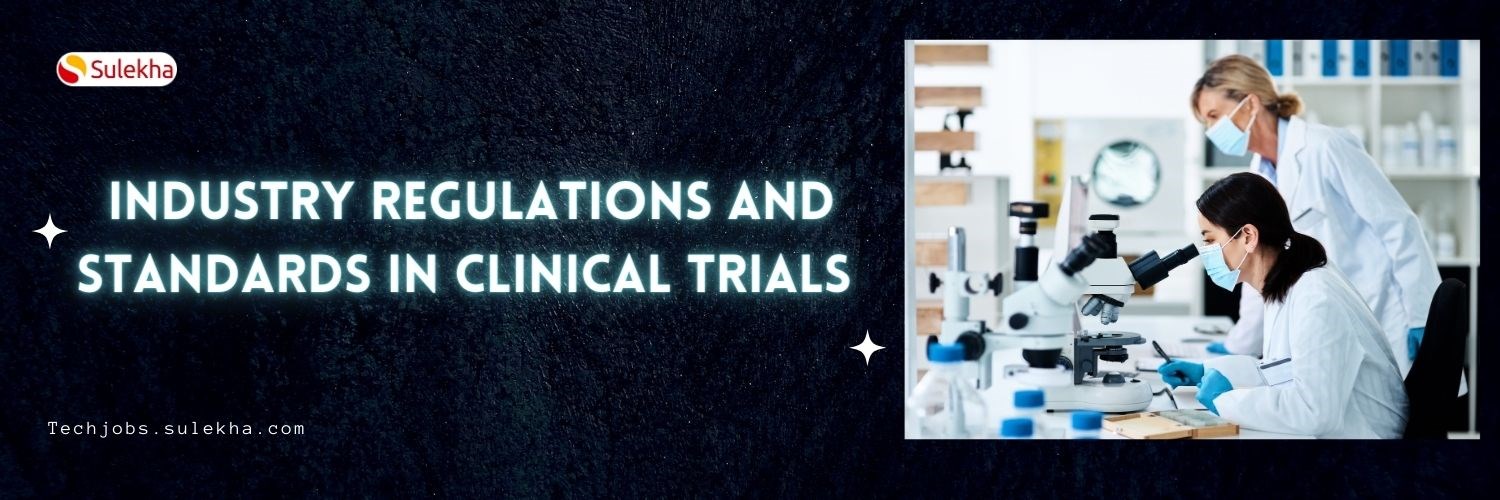
The Indispensable Role and Importance of Industry Regulations and Standards in Clinical Trials
we have discussed key function in clinical operations, clinical research organization, key function in data management and quality assurance.

Unveiling the Clinical Research Roadmap: A Comprehensive Guide
We have discussed the purpose of Clinical research processes, and what is clinical research process.
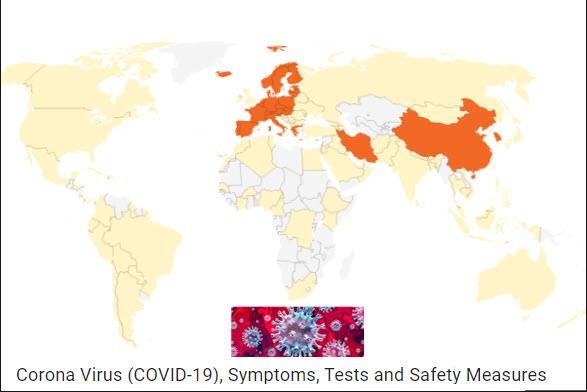
Corona Virus (COVID-19), Symptoms, Tests and Safety Measures
Corona Virus (COVID-19), Symptoms, Tests and Safety Measures. Learn the symptoms, tests to undergo, and safety measures to be taken to prevent the virus.
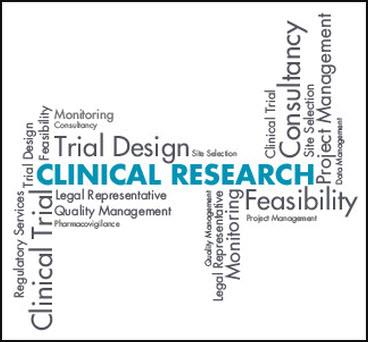
List of Best Clinical Research Training in Atlanta – CRC, CRA, MSCR Studies
We have collected a list of reputed institutes to those interested in pursuing a career in clinical and/or translational research. Pick from the list to have your dream come true career in medicine.

Healthcare Sector increasing the focus in Big Data and Technology
Here the role of technology business mergers and big data firms within the healthcare frontiers comes into play. The business mergers of technology, as well as the big data firms in the healthcare sector, highlights a trend viral within the clinical

7 Ethics for Clinical Researchers
Clinical trials conducted by the researchers involve a human volunteer who is willing to be subject to adhere new findings or a medical experiment. For that, a proper consent is acquired from the volunteer before conducting the trials.

Will lowering Blood Pressure would save lives? Clinical Trials Says so…
So far, the healthcare industry had been advised that the blood pressure of a healthy adult has to be less than 140 millimeters of mercury. And any increase in blood pressure that this guideline would attract serious consequences such as heart attack
Latest blogs on technology to explore

From Student to AI Pro: What Does Prompt Engineering Entail and How Do You Start?
Explore the growing field of prompt engineering, a vital skill for AI enthusiasts. Learn how to craft optimized prompts for tools like ChatGPT and Gemini, and discover the career opportunities and skills needed to succeed in this fast-evolving indust
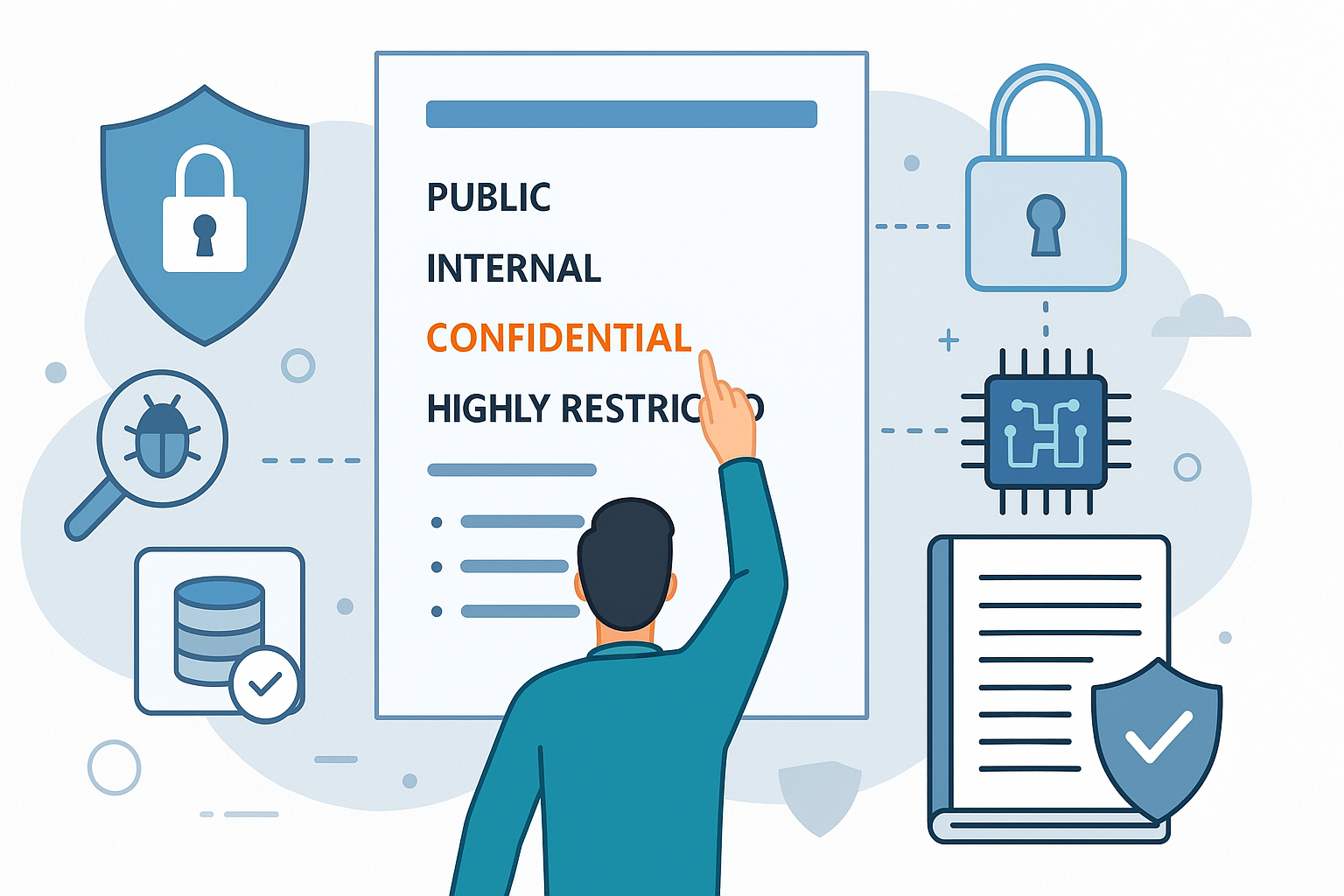
How Security Classification Guides Strengthen Data Protection in Modern Cybersecurity
A Security Classification Guide (SCG) defines data protection standards, ensuring sensitive information is handled securely across all levels. By outlining confidentiality, access controls, and declassification procedures, SCGs strengthen cybersecuri

Artificial Intelligence – A Growing Field of Study for Modern Learners
Artificial Intelligence is becoming a top study choice due to high job demand and future scope. This blog explains key subjects, career opportunities, and a simple AI study roadmap to help beginners start learning and build a strong career in the AI
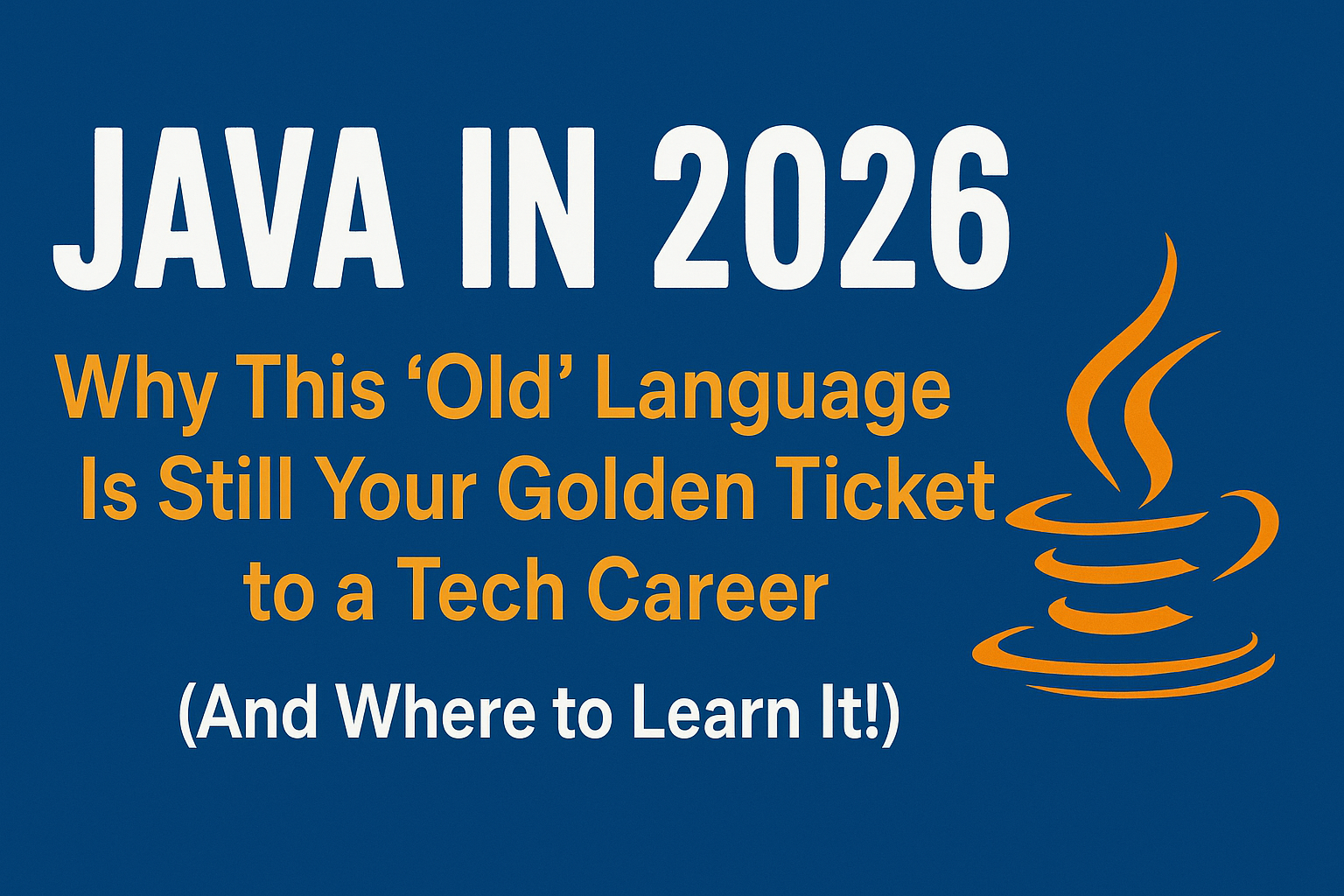
Java in 2026: Why This ‘Old’ Language Is Still Your Golden Ticket to a Tech Career (And Where to Learn It!
Think Java is old news? Think again! 90% of Fortune 500 companies (yes, including Google, Amazon, and Netflix) run on Java (Oracle, 2025). From Android apps to banking systems, Java is the backbone of tech—and Sulekha IT Services is your fast track t
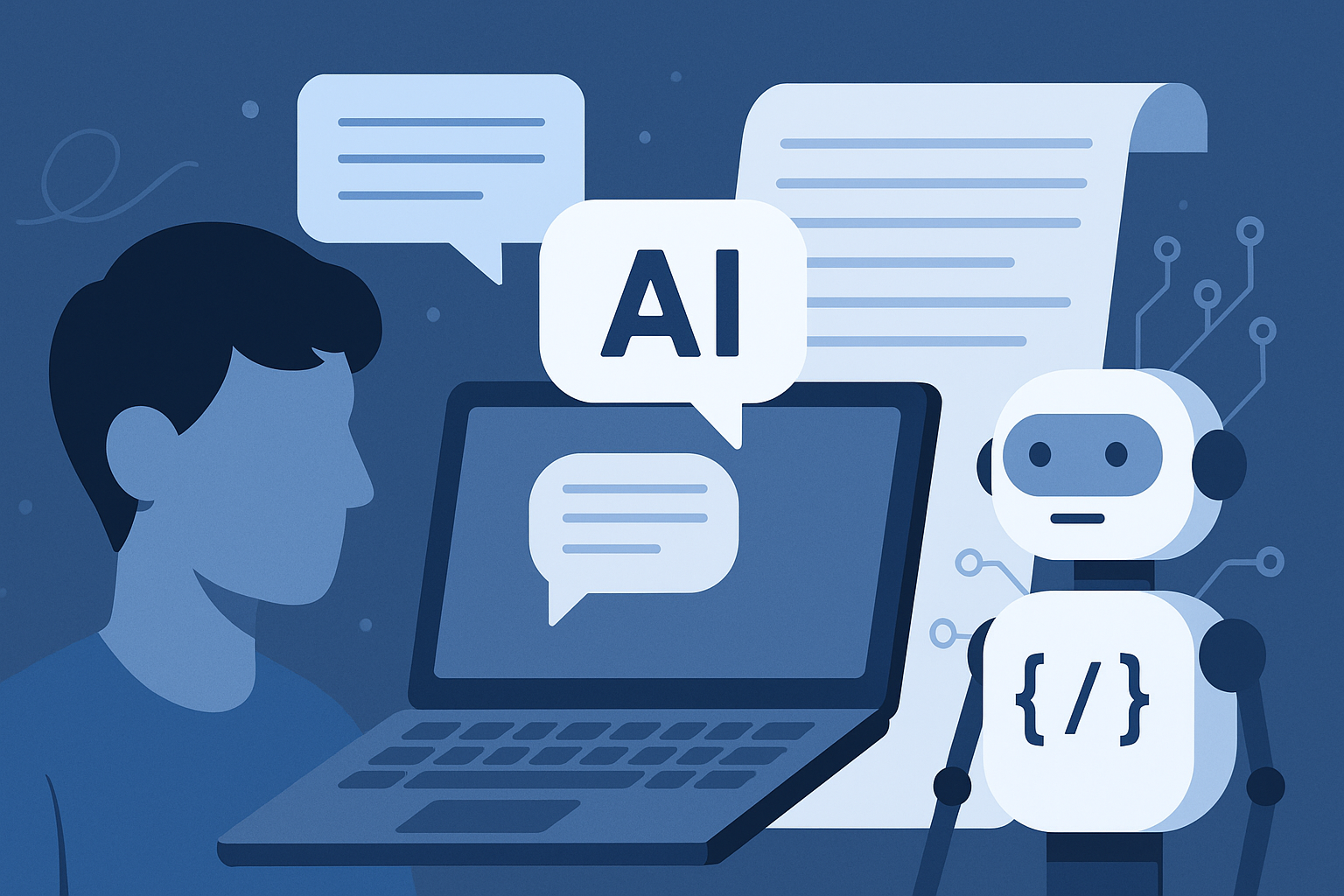
From Student to AI Pro: What Does Prompt Engineering Entail and How Do You Start?
Learn what prompt engineering is, why it matters, and how students and professionals can start mastering AI tools like ChatGPT, Gemini, and Copilot.

Cyber Security in 2025: The Golden Ticket to a Future-Proof Career
Cyber security jobs are growing 35% faster than any other tech field (U.S. Bureau of Labor Statistics, 2024)—and the average salary is $100,000+ per year! In a world where data breaches cost businesses $4.45 million on average (IBM, 2024), cyber secu

SAP SD in 2025: Your Ticket to a High-Flying IT Career
In the fast-paced world of IT and enterprise software, SAP SD (Sales and Distribution) is the secret sauce that keeps businesses running smoothly. Whether it’s managing customer orders, pricing, shipping, or billing, SAP SD is the backbone of sales o

SAP FICO in 2025: Salary, Jobs & How to Get Certified
AP FICO professionals earn $90,000–$130,000/year in the USA and Canada—and demand is skyrocketing! If you’re eyeing a future-proof IT career, SAP FICO (Financial Accounting & Controlling) is your golden ticket. But where do you start? Sulekha IT Serv

Train Like an AI Engineer: The Smartest Career Move You’ll Make This Year!
Why AI Engineering Is the Hottest Skillset Right Now From self-driving cars to chatbots that sound eerily human, Artificial Intelligence is no longer science fiction — it’s the backbone of modern tech. And guess what? Companies across the USA and Can
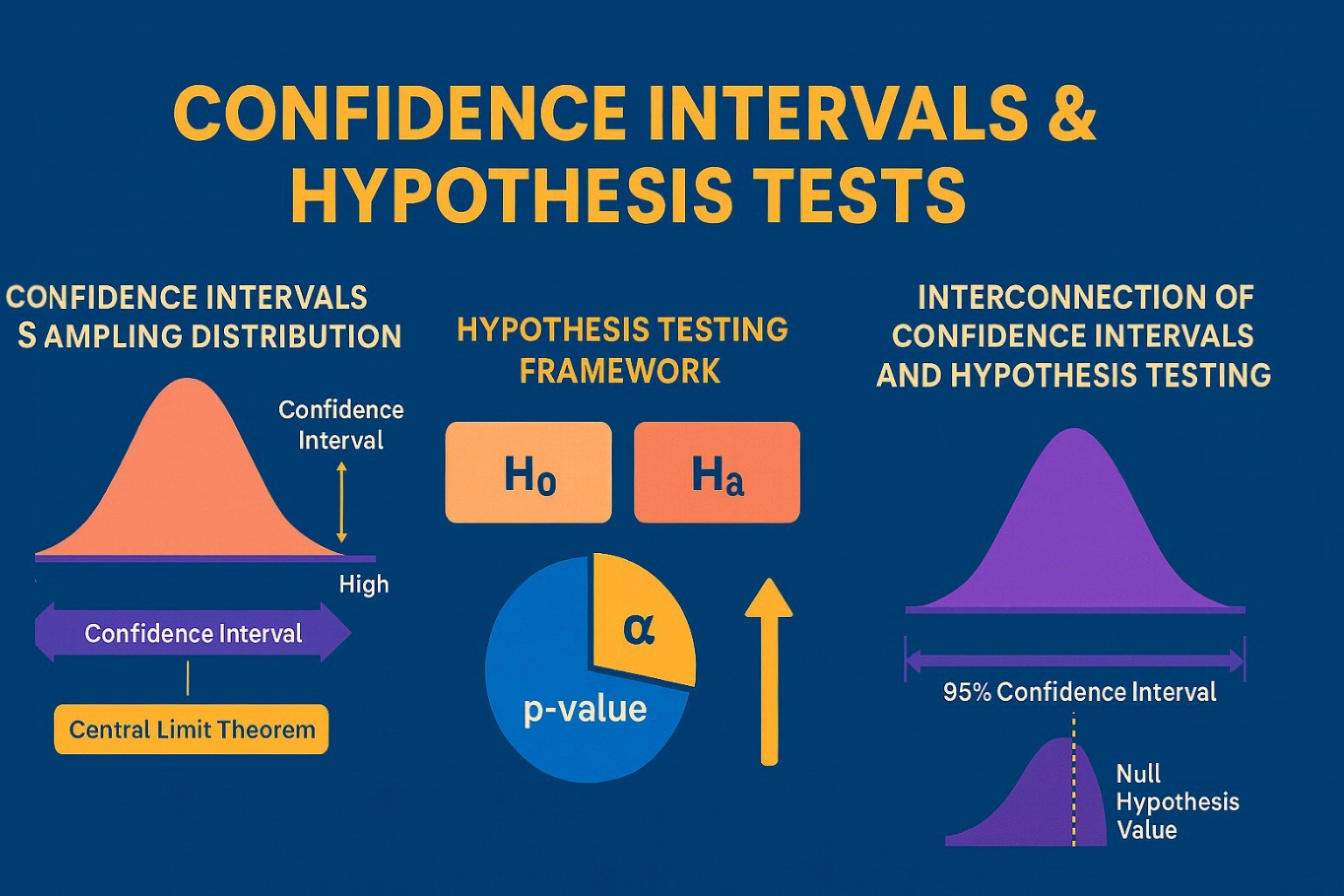
Confidence Intervals & Hypothesis Tests: The Data Science Path to Generalization
Learn how confidence intervals and hypothesis tests turn sample data into reliable population insights in data science. Understand CLT, p-values, and significance to generalize results, quantify uncertainty, and make evidence-based decisions.